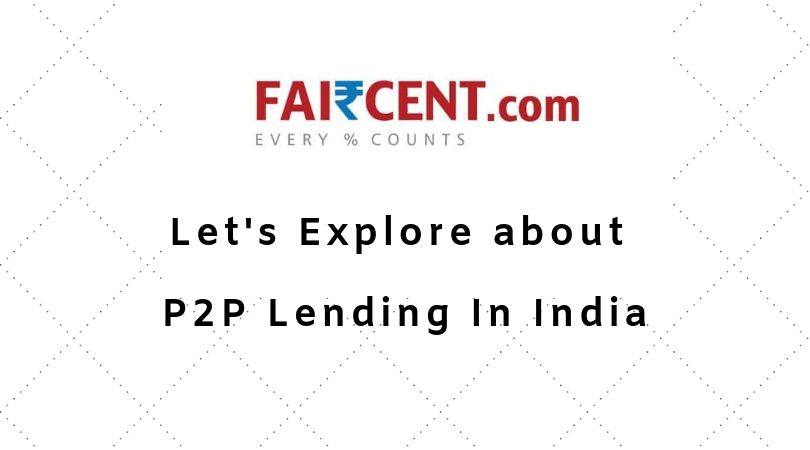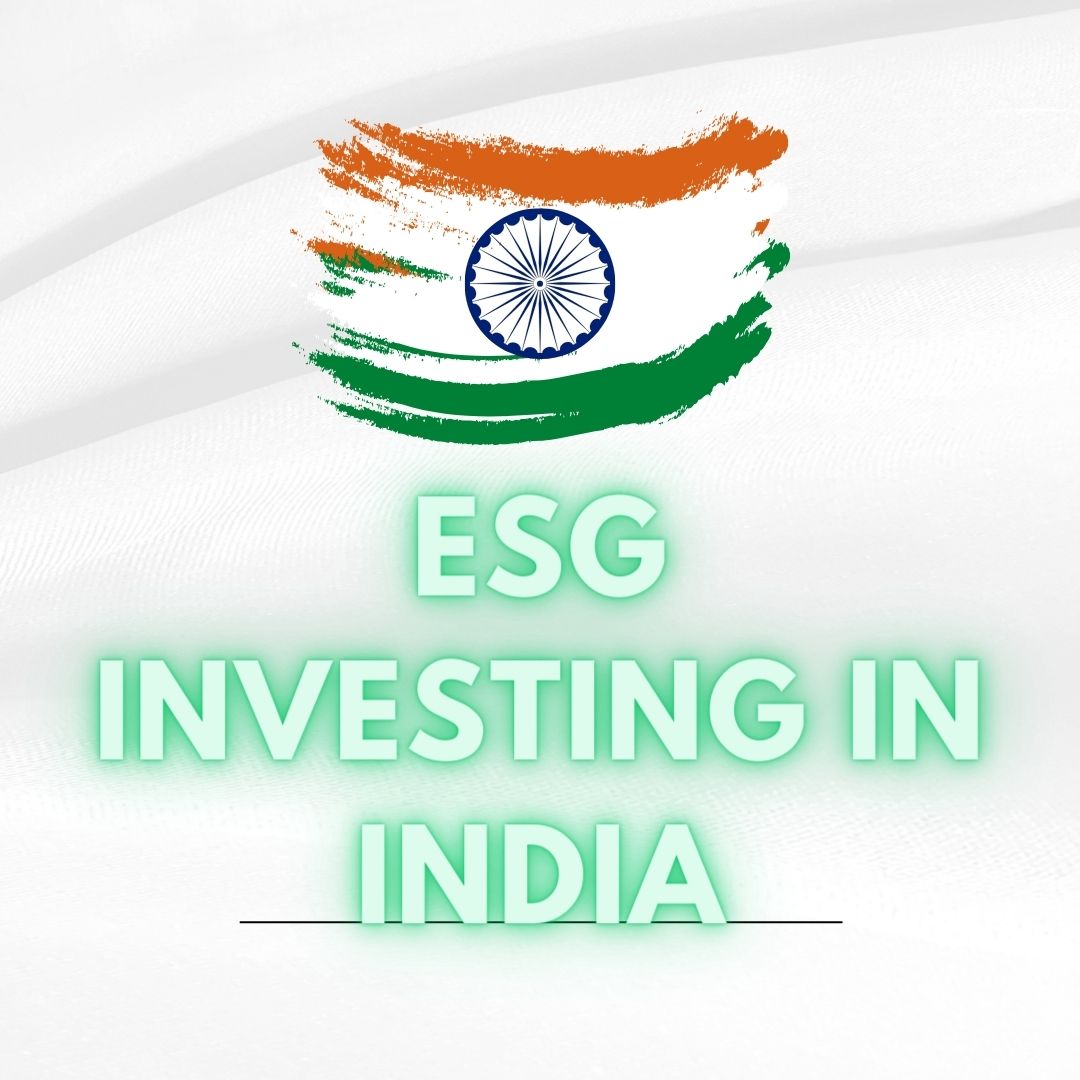FairCent and Dawn of P2P Lending in India

Money can be borrowed from multiple sources, such as banks, non-banking financial institutions(NBFC), cooperatives, self-help groups, money lenders, and even from close friends and relatives for that matter. With the upsurge of a digital economy, lenders have also apprehended that they need to respond to the consumers need frequently for securing instant funds and to make the experience as frictionless as possible. The rapidly increasing smartphone penetration in the country with faster mobile internet and an empathetic regulatory environment aiding innovations in the operating models of the lenders have also been influential for the growth. With the ever-growing proliferation of digital transactions and the rising demand for inexpensive credit, India has already been driving the growth of P2P lending platforms.
The government has also played a very supportive role for the same. The government has undertaken some major initiatives towards creating a favorable ecosystem for consumers to access digital financial services and products. India has catapulted many giants by setting up an open architecture layers such as Aadhar, UPI, etc that will go a long way in enhancing digital and data-enabled lending in India.
What is P2P lending?
P2P lending or as we may call it peer-to-peer lending is a platform where an individual lender connects to an individual borrower. P2P lending platforms play the role of an intermediary between two individuals, the lender and the borrower. P2P lending is also called as crowd lending or social lending. The surfacing of P2P platforms has generated an opportunity for income-seeking investors to expand their portfolio with an alternative investment opportunity that was previously only available to institutional investors like banks.
India’s apex financial institution, the RBI, has also recognized the Peer-to-peer (P2P) lending model. The RBI has not only accelerated the foundation of an alternative credit ecosystem for borrowers and lenders but has also illuminated the prospects of credit-deprived consumers and businesses in the country. The regulations introduced and the certifications given to recognized P2P lending companies or NBFC-P2Ps have also eased any doubts or fears that borrowers or lenders may have. The opportunity for growth in the Indian P2P lending space is massive, considering that more than half the country’s population lacks access to affordable credit.
What is FairCent?
The largest and the very first P2P platform to receive recognition of an NBFC-P2P from the Reserve Bank of India (RBI). The Gurgaon-based company, founded by Rajat Gandhi, Vinay Mathews, and Nitin Gupta, has worked towards driving P2P lending as an alternative investment asset class amongst borrowers. FairCent offers a virtual market place where borrowers and lenders can interact upfront, without having to go through the processes of traditional financial intermediaries like banks. They charge fewer fees as compared to the behemoths like banks and transfer the benefits to the customers. FairCent currently has more than 40,000 registered lenders and 3.5 lakh registered borrowers. It has expedited over 6,000 loans cumulatively till date. Every loan on this P2P platform is shared by multiple lenders to reduce risk. Even if any borrower defaults on their monthly payment, these platforms have mechanisms in place to reduce the burden on the lender.
How does it operate?
The services of lending and borrowing are currently open just for Indian residents. Any individual as per their requirements can register as lender or borrower. They have a comprehensive process to verify the personal and financial details of the borrowers and lenders as specified by various regulators. Thus, all the details about the lenders and borrowers are completely verified.
Then, their automated system suggests the loan period, loan amount and interest rate against each prospective borrower’s profile, which is indicative of the borrower’s individual capability to efficiently repay the loan. Thus, lenders can fund a portion of the total loan requirement of multiple borrowers and borrowers can seek to raise money from multiple lenders.
Once an agreement is agreed between the borrower and the lender, a formal contract is followed and signed by them. The loan amount is then transferred to the borrower’s account and the borrower makes periodic repayments via EMI over the stipulated time period. Repayment can be done through an online, automated process and tracked via their unique account on Faircent’s respective website.
Pros and Cons of P2P lending over conventional lending
The Pros
- Higher returns: P2P platforms provide a lucrative return ranging between 15-20% with no hidden fees, which is very competitive as compared with other investments in Stock Exchange or Mutual funds etc.
- Diversification of P2P portfolio: An investor is usually looking for diversification of portfolio to reduce risk, thus P2P lending solves this by sharing the risk of each loan between multiple lenders.
- Regular Source of Income: This is one of the biggest advantage offered by P2P lending over other market-linked investments that have a lock-in period. As P2P lenders can get monthly returns as P2P platform allows lending for a very short span of time too.
- Technology-driven: Human to Human interaction for loan application and eligibility check was a tedious task and that’s what indicated the need for technology in between. This, in turn, opened many paths to access funds even in remote areas using just the internet.
- Faster Funding: Borrowers applying for a P2P loan don’t have to undergo the slow, frustrating, multi-layered bureaucracy that complements loans taken from large financial institutions. Instead, technology-driven P2P providers are able to make quick valuations & conclusions so that the borrowers can speedily receive the funds they need. It is a very common practice for P2P borrowers to apply for a loan and get it approved the same day and receive their funds a week or two later.
The Cons
The biggest con or as we may say the biggest disadvantage of P2P lending is the risk of default by the borrowers. Many borrowers who apply for P2P loans bear the curse of having low credit ratings, that do not allow them obtaining a conventional loan from a bank. Thus the lenders should be well aware of this before investing on such platforms. The government too does not provide insurance or any form of protection to the lenders in case of the borrower’s default. Moreover, most of the loans are unsecured without any back up of collateral. Thus, no aid to the lender in case of default.
Another con of P2P lending includes lack of privacy of personal and financial data of borrowers and lenders. Borrower’s information is available online for potential lenders to view the same. Unfortunately, most lenders don’t opt for borrowers who present an incomplete profile or hold back on presenting their business plan details.
Another disadvantage of P2P lending is that it is not a very liquid investment. As compared to investment in shares or mutual funds, P2P loans take a longer time to turn your investment liquid.
The Dawn of P2P Lending in India
P2P lending has emerged as one of the hottest industries in fintech with fast growth, billions of dollars are generated in loans every year. It was first proposed in India by the then RBI Governor Mr. Raghuram Rajan in April 2016. The final guidelines came in a year and a half later, in October 2017. P2P lending is one of the most pioneering financial products of recent times.
P2P lending has already a positive response and is a very successful model for alternate financing across the globe. In India, P2P Lending is gaining a lot of traction at a very fast pace and is slowly becoming a very attractive investment option for many investors. Peer to peer lending in India is still in its initial stage however, within the period of last 5 years, over 20 Indian social lending platforms have been launched and has attracted many users. It enables creditworthy borrowers to lower their cost of loans and individual lenders/investors to lend directly to their peers and community thereby earning higher returns. It is growing at a steady pace but it is expected to accelerate in the next two years.
In the last few years, lots of P2P lending sites have started their operations. Some of these major P2P platforms include names like Orowealth, i2ifunding, Faircent, Lendbox, i-lend, LenDen Club, etc. Given that the learning from the Chinese market & global peers is executed well, there is an enormous potential for P2P lending market to grow in India. Demonetization in November 2016, has caused the returns from the bank deposits to drop down to its lowest levels which in the future will enable P2P lending to emerge as the most viable option for investing.









